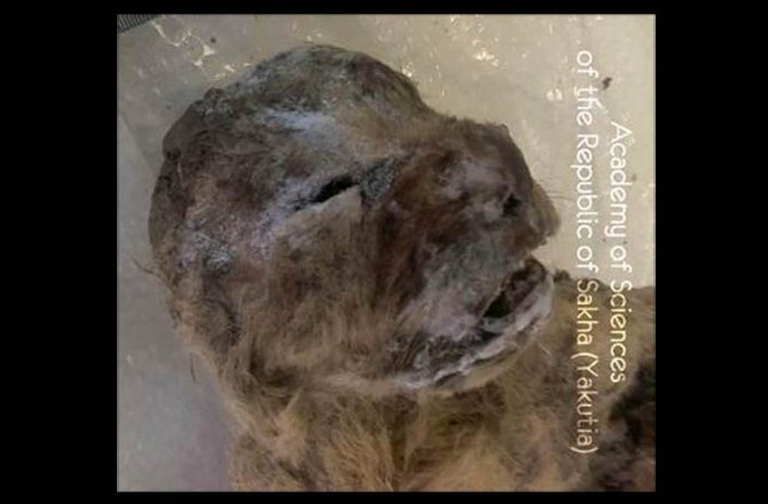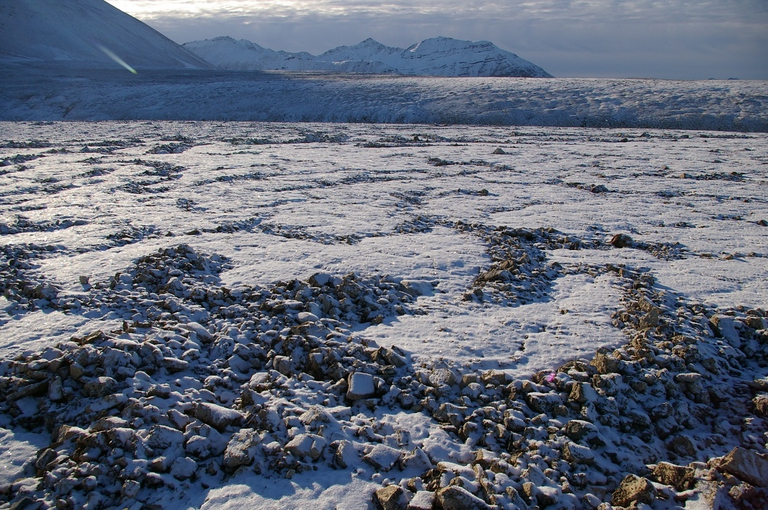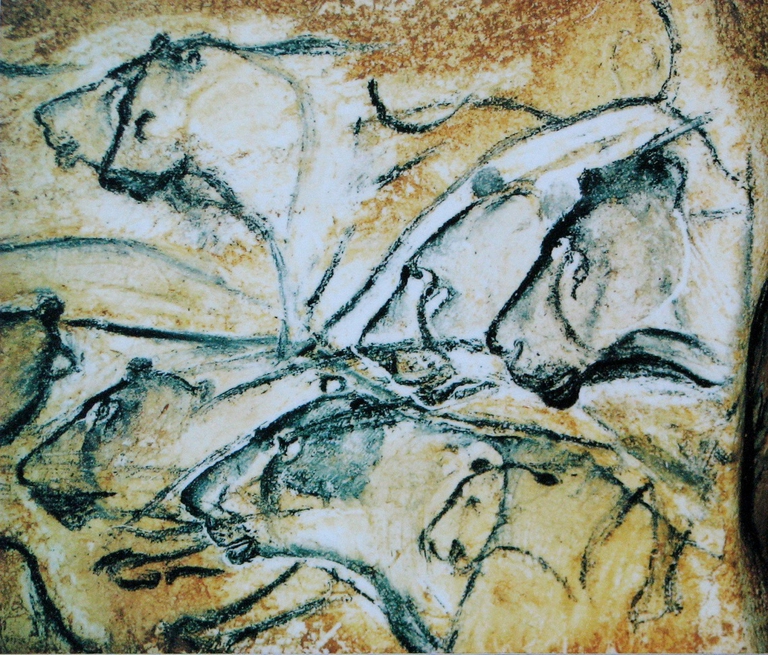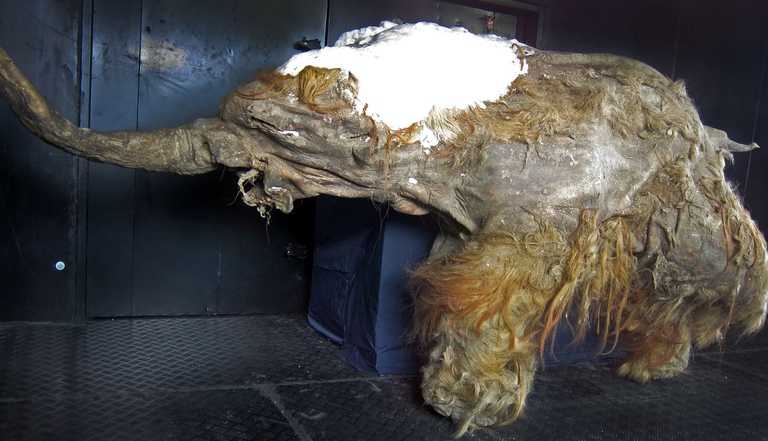
South African court dismisses a major lawsuit by 140,000 Zambian women and children against Anglo American for Kabwe lead poisoning. A setback for affected communities enduring the lasting impact of lead contamination.
In Siberia un gruppo di ricercatori russi ha trovato i resti ben conservati di cuccioli di leone delle caverne risalenti ad almeno 10mila anni fa.
An incredible window into the Ice Age has been opened today. It allows us looking back thousands of years. In fact, two 1,000-year-old cubs of cave lion (Panthera leo spelea) have been found in the Siberian region of Yakutia.
Of these large felines, which hunted in the European flat lands and forests in the Pleistocene, scientists have only found skeleton fragments so far. On the contrary, the cubs in Siberia were amazingly well-preserved, one of them even still had its fur. This is due to the permafrost, the perennially frozen subsoil that protected the bodies of the prehistoric lions from the passage of time.
“As far as I know, there has never been a prehistoric cat found with this level of preservation,” Des Moines University fossil felid expert Julie Meachen says, “so this is truly an extraordinary find.”
The discovery has been made in the summer by a group of Russian researchers. Further information will be released later in November: a press conference will be held at the Academy of Science of Yakutia on 17 November in order to reveal the first analysis on the felines.
The prehistoric lion cubs, ancestors of present lions, will allow palaeontologists learning a lot about this species that went extinct thousands of years ago.
“We should be able to get cause of death information, parasite loads of these cubs,” and more, Meachen said.
The discovery is not the first present made by permafrost. In 2010, a perfectly preserved 40,000-year-old mammoth cub was found in Siberia. Who knows how many other surprises hare hidden in the thousands-year old ice, guardian of an ancient, mysterious world.
Siamo anche su WhatsApp. Segui il canale ufficiale LifeGate per restare aggiornata, aggiornato sulle ultime notizie e sulle nostre attività.
![]()
Quest'opera è distribuita con Licenza Creative Commons Attribuzione - Non commerciale - Non opere derivate 4.0 Internazionale.
South African court dismisses a major lawsuit by 140,000 Zambian women and children against Anglo American for Kabwe lead poisoning. A setback for affected communities enduring the lasting impact of lead contamination.
Controversial African land deals by Blue Carbon face skepticism regarding their environmental impact and doubts about the company’s track record, raising concerns about potential divergence from authentic environmental initiatives.
Majuli, the world’s largest river island in Assam State of India is quickly disappearing into the Brahmaputra river due to soil erosion.
Food imported into the EU aren’t subject to the same production standards as European food. The introduction of mirror clauses would ensure reciprocity while also encouraging the agroecological transition.
Sikkim is a hilly State in north-east India. Surrounded by villages that attracts outsiders thanks to its soothing calmness and natural beauty.
Sikkim, one of the smallest states in India has made it mandatory for new mothers to plant saplings and protect them like their children to save environment
Chilekwa Mumba is a Zambian is an environmental activist and community organizer. He is known for having organized a successful lawsuit against UK-based mining companies.
What led to the Fukushima water release, and what are the impacts of one of the most controversial decisions of the post-nuclear disaster clean-up effort?
Nzambi Matee is a Kenyan engineer who produces sustainable low-cost construction materials made of recycled plastic waste with the aim of addressing plastic pollution and affordable housing.











